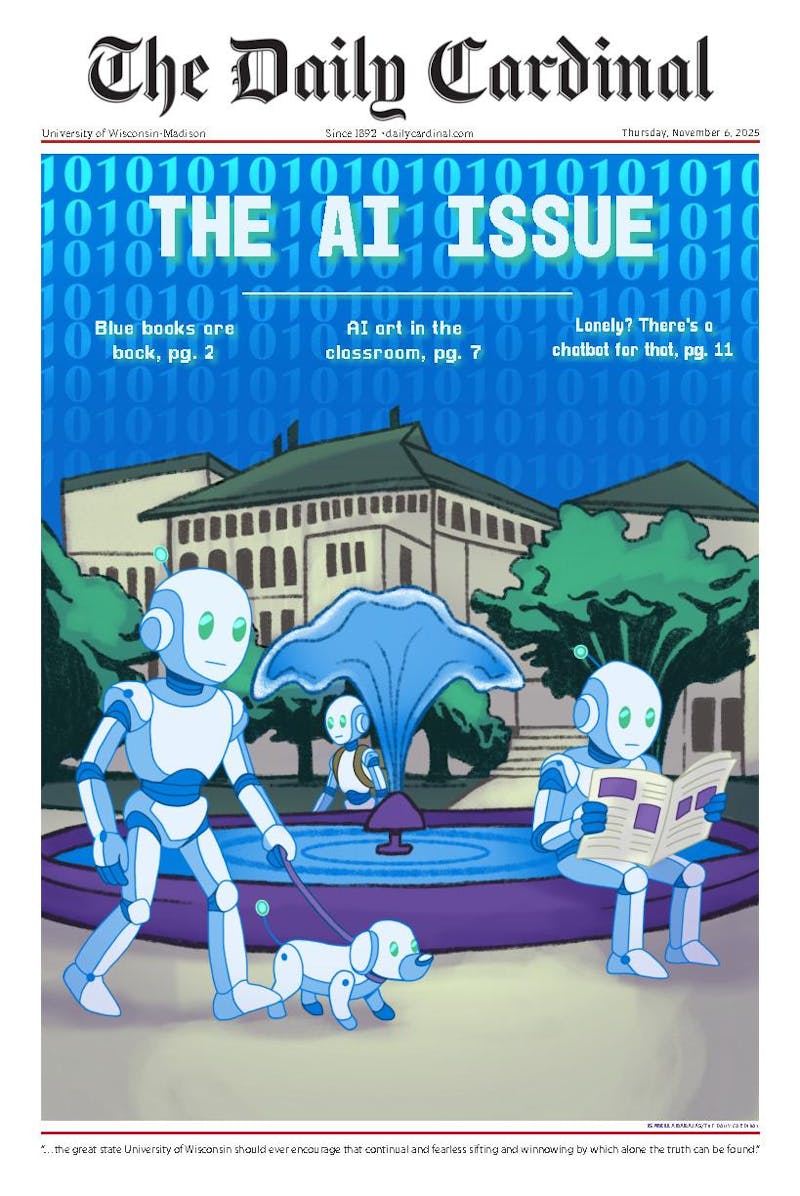The country has been abuzz in recent weeks with talk of the impending sequester set to take effect Friday, but not everyone knows exactly what the sequester does or how it might affect them, if it even will at all This article describes the causes and potential effects of the sequester:
In simple terms, the sequester is a plan that will spread approximately $85 billion in spending cuts over a wide array of federally funded programs and initiatives. The affected areas, which include defense, education and agricultural subsidies among others, are currently supported with federal discretionary spending, which means spending is not guaranteed and generally changes with each new federal budget.
Many people ask why the sequester is even necessary or why it exists. The answer, according to University of Wisconsin-Madison political science professor David Canon, is the sequester was created during debt-reduction talks in 2011, during which federal officials decided they had to implement a plan to control the rising federal debt. The sequester plan was intentionally designed to be such a bad policy that a federal committee tasked with creating debt-reduction initiatives would be forced to think of better ones. However, the committee, partly because of political disagreement, was unable to come up with a better plan. Thus, the country is faced with the sequester, which will take place today.
As far as the sequester’s actual effect, it will not plunge the country into another recession like some people have worried, according Canon. It is, however, expected to slow the economy down and leave as many as 1.2 million more people unemployed nationwide, he said.
The sequester will also hit closer to home by slashing between 5 and 8 percent of UW-Madison’s federal funding and leaving as many as 500,000 Wisconsinites out of work.
But Canon said the sequester will likely be temporary. He said federal legislators will eventually be pressured into passing a better debt-reduction plan, despite their currently prohibitive political differences.
UW could see decline in research funds
The National Science Foundation, an independent federal agency promoting scientific research at universities like the University of Wisconsin-Madison, could be forced to reduce the number of new research grants provided this year as a result of sequestration, according to a recent press release.
According to the Feb. 27 release, the organization will undergo a 5 percent reduction in funding if the across-the-board government cuts known as the “sequester” set in Friday.
UW-Madison received more than $104 million in research funding from the agency in 2011-’12, according to the university’s data digest.
NSF Director Subra Suresh said in the release the foundation plans to maintain current funding commitments. However, Suresh said the organization is predicting a decline in the number of new research grants this year by 1,000 should the sequester go into effect.





